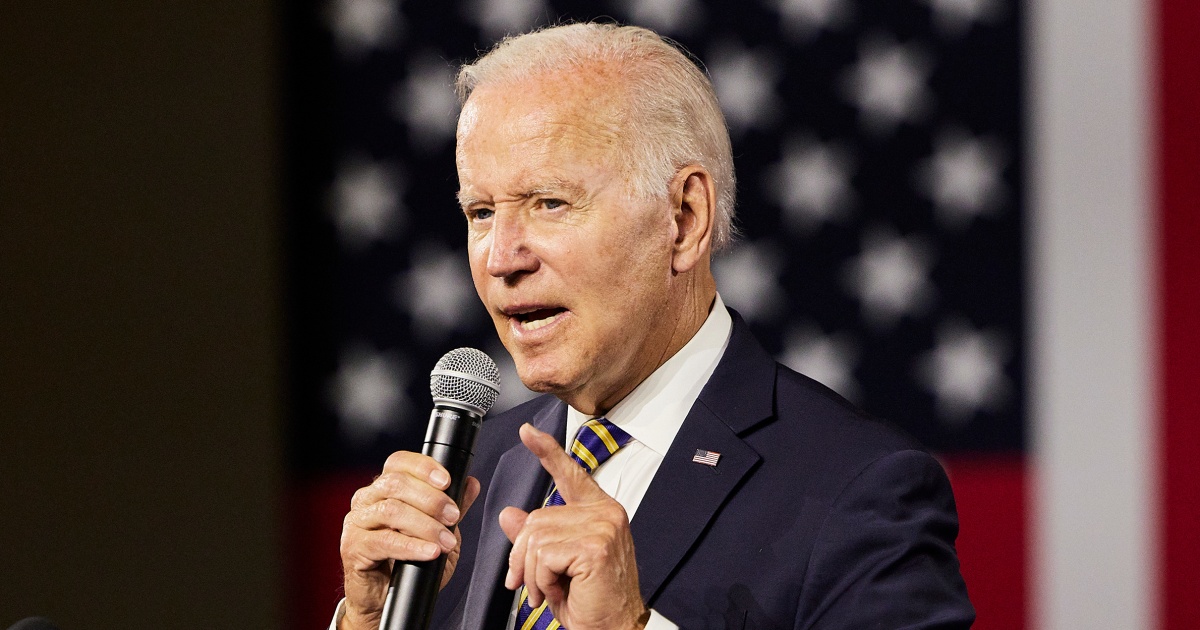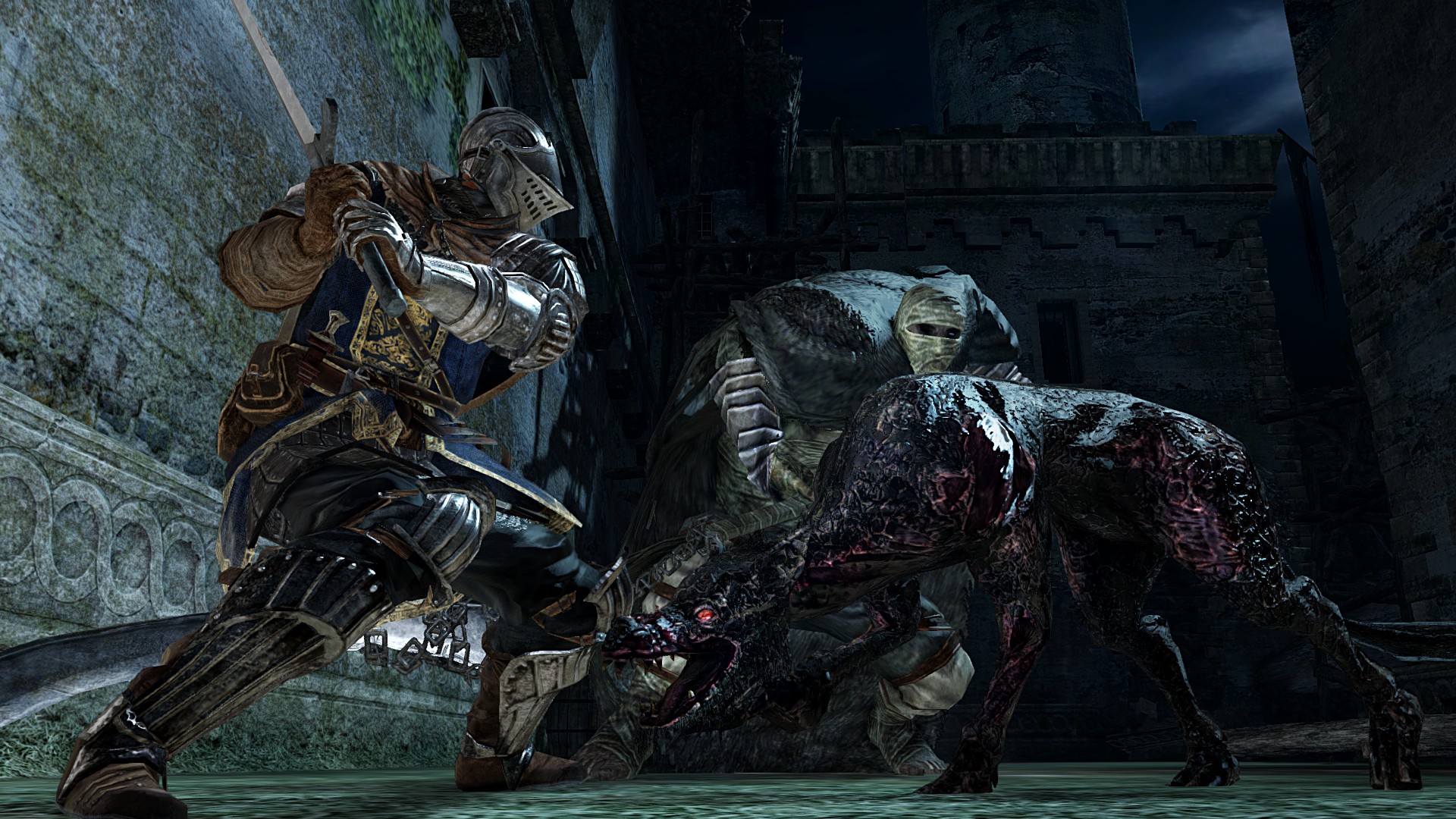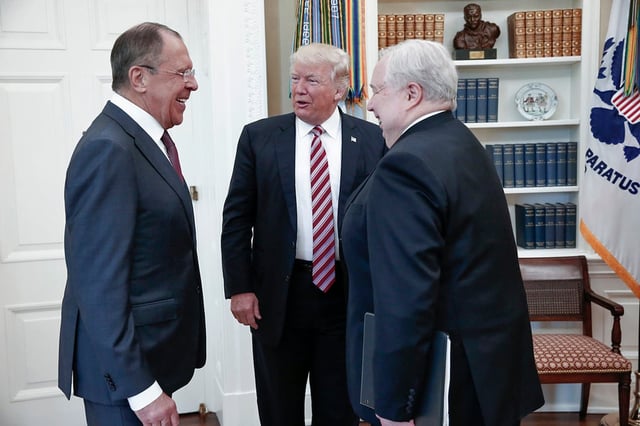WASHINGTON — The Biden campaign hopes that voters who aren’t yet paying attention to the presidential race will watch at least some of Thursday’s debate, but they’re not taking any chances.
Campaign officials have created a digital strategy to try to ensure that voters — whether they tune in that night or not — see the best version of the president.
From the campaign’s headquarters in Wilmington, Delaware, and at the debate site in Atlanta, Biden officials will be working with social media content creators with large followings to help capture significant moments in the debate, a campaign spokesperson said. The hope is that posts get quickly amplified by the Biden campaign’s accounts and — perhaps more critically — the creators’ large followings, the spokesperson said.
It’s a major test for the campaign’s broader effort to push digital content and shape the discussion for tuned-out voters. Campaign officials said they view the debate as one of several big opportunities over the next few months to get those voters to engage in the election.
“It’s a big moment for reactivation,” a senior campaign official.
The Biden campaign headquarters is hosting 18 creators with a combined social media following of 8 million people for their own digital war room, where they’ll have briefings with the campaign’s rapid response team before the debate and be able to use the campaign’s own studio to film content for their channels.
In Atlanta, the campaign is deploying other content creators to the spin room post-debate to both share their own view of the key exchanges and talk to Biden officials. Separately, the campaign is hosting a content creator watch party in Atlanta where the campaign team will also be working to amplify key debate moments and messages.
Rob Flaherty, the deputy campaign manager who oversees the digital team, has spent time at Camp David in the past week where President Joe Biden and his aides are strategizing about the debate. That’s been designed to help inform what content his team can prepare in advance of the debate and be in position to post quickly if and when the president lands key arguments against former President Donald Trump.
At the same time, campaign veterans on Biden’s team are also mindful that often what goes viral are the unscripted, unpredictable moments.
“You can come in with a really big plan of what the big moments will be and then a fly lands on Mike Pence’s face,” the senior campaign official said, referring to a standout moment in the 2020 vice presidential debate that had nothing to do with the issues discussed. “So, you’ve got to be nimble and identify what those things are and then what the campaign can do to throw kerosene on those things and amplify them further.”
The Biden campaign’s approach to the 2024 race has long been shaped by its assessment that the voters most likely to decide the election are those who have voted in the past but are now turned off by politics and reluctant to engage with the campaigns. A key part of the campaign’s strategy has been finding ways to communicate with these voters through non-traditional information sources and social networks, both online and in real life.
The digital strategy around the debate is in addition to the campaign’s traditional footprint in Atlanta, with senior officials and surrogates doing media interviews before and after the event. The campaign is also hosting watch parties across the country, including in battleground states where their most committed supporters will connect with local campaign leadership.
When Biden and Trump take the stage on Thursday, it will be the first presidential debate in decades hosted by a single news organization rather than organized by the Commission on Presidential Debates. Though most news organizations are still planning to carry it live, it’s unclear if viewership will match the roughly 73 million who watched the first 2020 debate between Biden and Trump.
The first 2016 debate between Trump and former Secretary of State Hillary Clinton had the highest viewership of any televised debate — 84 million, according to data compiled by the Pew Research Center. Biden’s 2008 vice presidential debate against former Alaska Gov. Sarah Palin drew more viewers — nearly 70 million — than any of the three debates that year between presidential nominees Barack Obama and John McCain.
Still, the Biden campaign is preparing for a major audience both in real time, or that will primarily consume the debate through coverage or clips that emerge in the hours and days that follow. It’s tailoring different approaches to each type of audience.
“There’s still a huge audience of people who are going to vote but who may not pay attention to it or may just watch the clips, or who may watch a few minutes and see the clips. Or who might watch it and be engaging on a second screen,” the senior campaign official said. “So we have to really be thoughtful about how do we engage with all those experiences.”
The BidenHQ accounts on X and TikTok will be the primary outlet for the campaign’s own content during and after the debate. But they’ll also be producing materials that will be shared through the campaign’s relational organizing tool, known as Reach, or through the campaign’s “Texts with Julie” program, where supporters sign up for messages from campaign manager Julie Chavez Rodriguez.
The campaign is already working to capture voters’ attention in the city of Atlanta itself, home to a major constituency of voters the campaign wants to turn out in November. The campaign will have 50 billboards across the city and will be projecting the “Dark Brandon” Biden meme on some major downtown buildings. They’ve also released on their digital platforms a set of “man on the street” style videos asking local supporters about the debate or their memories of Trump.
Additionally, the campaign will be monitoring how the Trump camp and Republican National Committee operate and be prepared to respond to moments they might be highlighting that catch fire.
“They’re going to be aggressive. We need to be aggressive back,” the senior Biden campaign official said.



